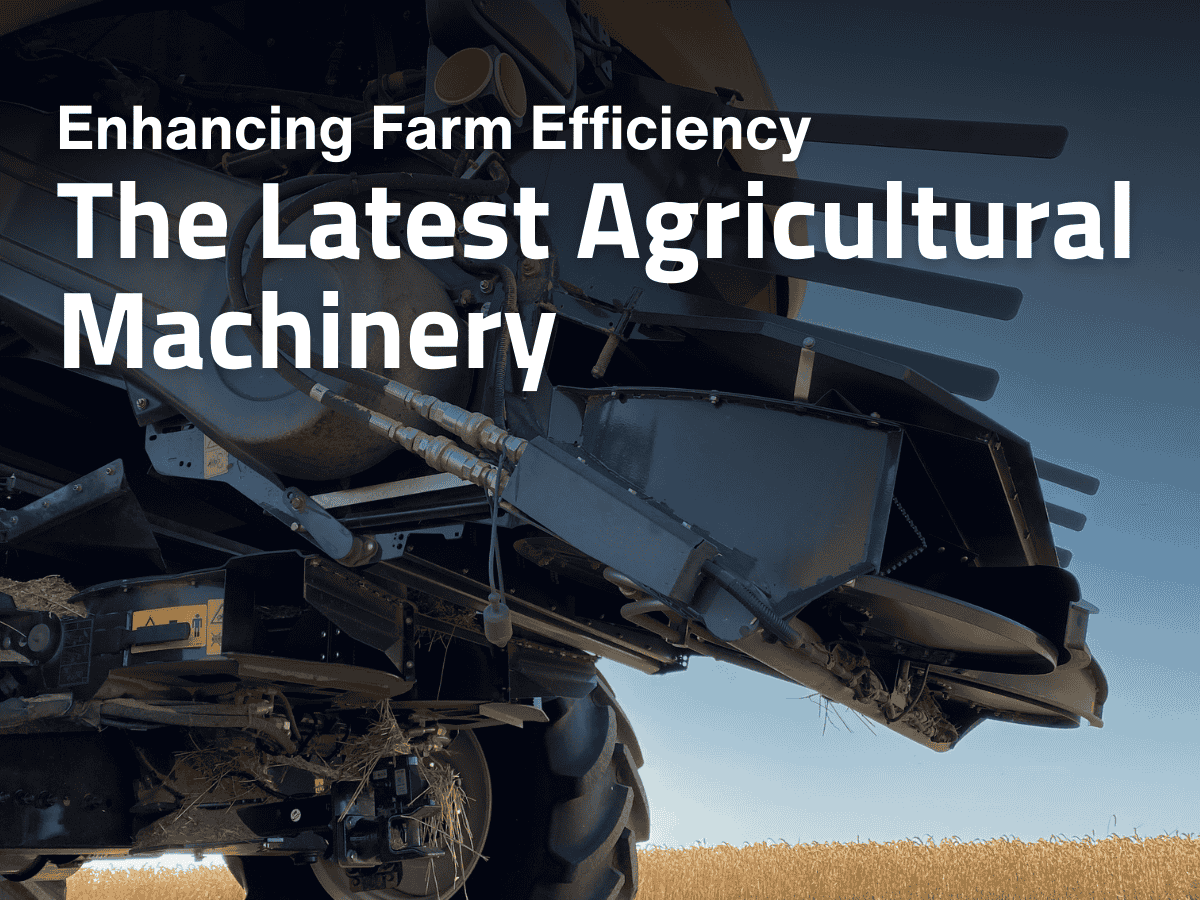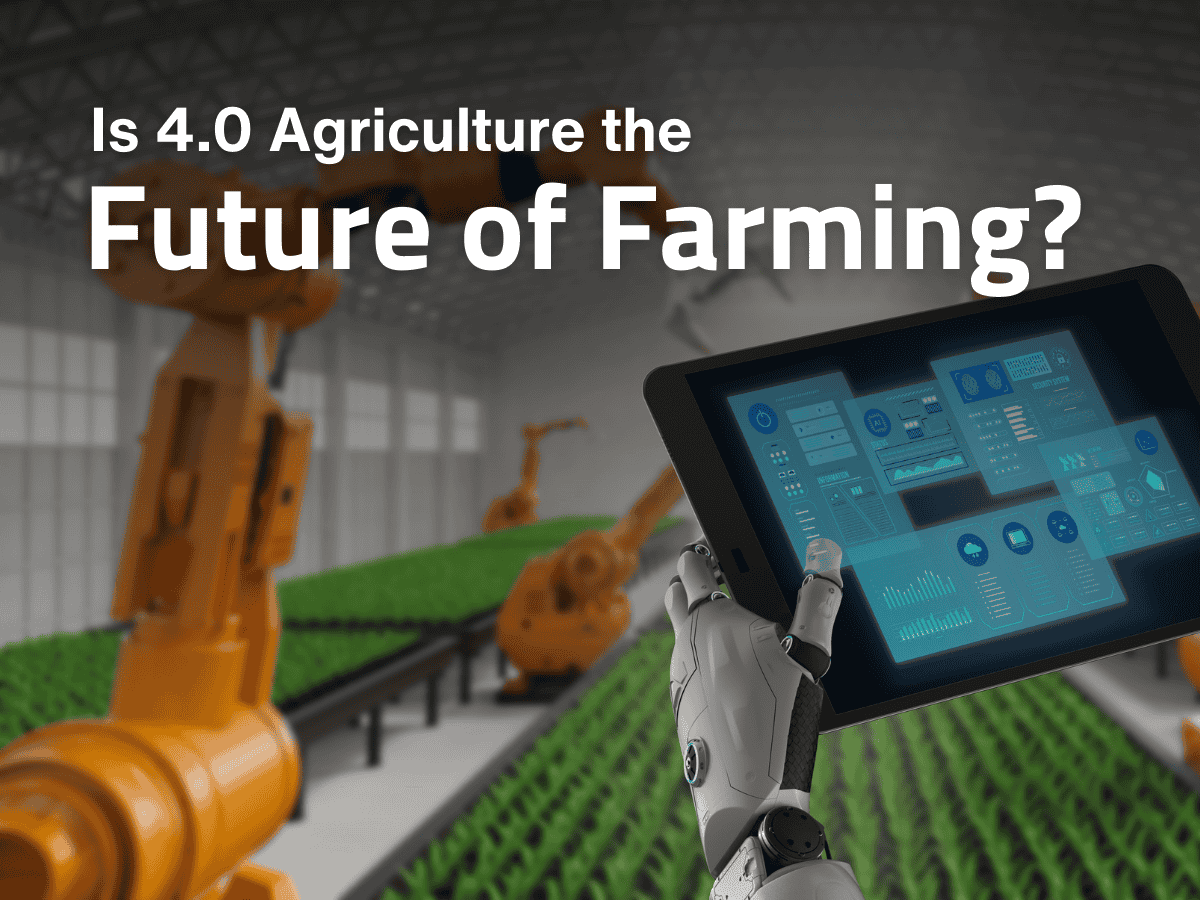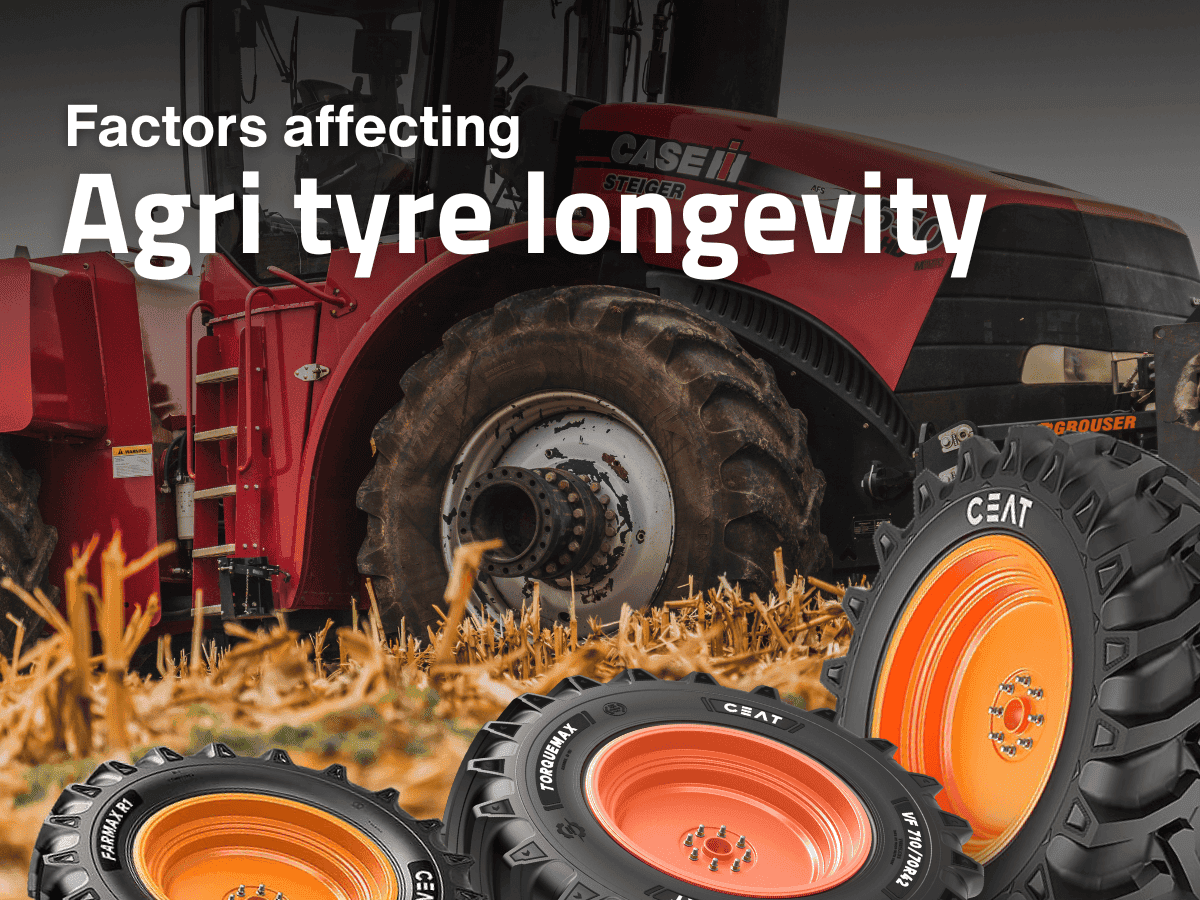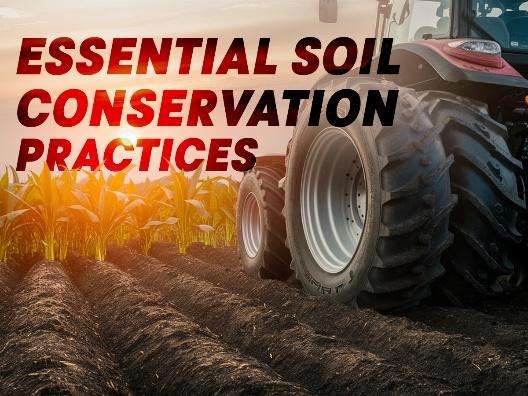ceat-speciality:blogs-tags/all,ceat-speciality:blogs-tags/agriculture
Essential Soil Conservation Practices
Sat, 17 Aug 2024 | PRODUCTS
Soil is a critical component of our agricultural and environmental systems. It supports plant growth, aids in water filtration, and plays a crucial role in maintaining ecological balance. However, soil erosion and degradation significantly impact productivity and environmental health. At CEAT Specialty, we recognise the importance of soil conservation and its role in sustainable farming and land management. This blog explores essential soil conservation practices to help safeguard this vital resource.
1. Understanding Soil Erosion and Its Impacts
Soil erosion occurs when wind, water, or other forces remove the top layer of soil. This can lead to a loss of nutrients, reduced agricultural productivity, and sedimentation in waterways, which affects water quality and aquatic life. Understanding the causes and impacts of soil erosion is the first step in implementing effective conservation practices.
2. Cover Cropping
What It Is:
Cover cropping involves planting crops that are not harvested but are used to cover the soil. These crops, such as legumes, grasses, and brassicas, help protect the soil from erosion, improve soil structure, and enhance nutrient content.
Benefits:
- Erosion Control: The roots of cover crops bind the soil, reducing erosion caused by wind and water.
- Nutrient Enhancement: Certain cover crops can fix nitrogen in the soil, reducing the need for chemical fertilisers.
- Organic Matter: Cover crops add organic matter to the soil, improving its texture and water-holding capacity.
3. Conservation Tillage
What It Is:
Conservation tillage refers to practices that minimise soil disturbance, such as no-till or reduced-till farming. These methods leave crop residues on the soil surface, which helps protect the soil from erosion and promotes soil health.
Benefits:
- Erosion Reduction: Conservation tillage shields the soil from rain and wind erosion by leaving crop residues.
- Moisture Retention: Residues help retain soil moisture, which can be beneficial during dry periods.
- Soil Health: Reduced disturbance maintains soil structure and promotes beneficial microbial activity.
4. Contour Ploughing
What It Is:
It involves ploughing along the contour lines of a slope rather than up and down. This practice helps slow water runoff and reduces soil erosion.
Benefits:
- Runoff Control: Ploughing along the contours creates natural barriers that slow water flow, allowing it to be absorbed into the soil.
- Erosion Prevention: This method helps prevent slope soil loss and improves water infiltration.
5. Terracing
What It Is:
Terracing involves creating stepped levels on a slope to slow water runoff and reduce soil erosion. Each terrace acts as a barrier that captures water and allows it to infiltrate the soil.
Benefits:
- Erosion Control: Terraces effectively reduce the speed of water flow, minimising soil erosion.
- Increased Arable Land: Terracing can transform steep and unusable land into productive agricultural areas.
6. Windbreaks
What It Is:
Windbreaks are rows of trees or shrubs planted along the edges of fields to protect soil from wind erosion.
Benefits:
- Wind Reduction: Windbreaks reduce wind speed across the soil surface, decreasing erosion risk.
- Microclimate Improvement: They create a more favourable microclimate for crops by reducing wind speed and improving soil moisture.
7. Riparian Buffers
What It Is:
Riparian buffers are vegetated areas near water bodies that help filter runoff before it enters the water. These buffers typically consist of grasses, shrubs, and trees.
Benefits:
- Pollution Control: Riparian buffers trap sediment and absorb nutrients from runoff, improving water quality.
- Erosion Prevention: The vegetation helps stabilise soil along stream banks and prevent erosion.
8. Proper Grazing Management
What It Is:
Proper grazing management involves controlling the number and movement of livestock to prevent overgrazing and soil compaction.
Benefits:
- Soil Health: Rotational grazing allows vegetation to recover and prevents soil degradation.
- Erosion Reduction: Healthy, well-managed pastures reduce the risk of soil erosion and improve water infiltration.
9. Low Compaction Tyres
Soil compaction is a significant challenge for farmers, hindering crop growth and reducing yields. To mitigate this, tyres must be designed to minimise soil disturbance. Low compaction factors include a wide tread, ample tyre volume, and flexible construction. These elements work together to increase the tyre's footprint, reducing ground pressure.
CEAT Specialty Farm Radials excels in this area. Their advanced construction allows for lower operating pressures without compromising performance, resulting in significantly reduced soil compaction compared to traditional tyres. By choosing CEAT, farmers can help protect their most valuable asset—the soil.
Contact our proficient team for further information on our tyres and how they can benefit your soil conservation efforts. Together, we can contribute to a more sustainable and productive future for agriculture.









